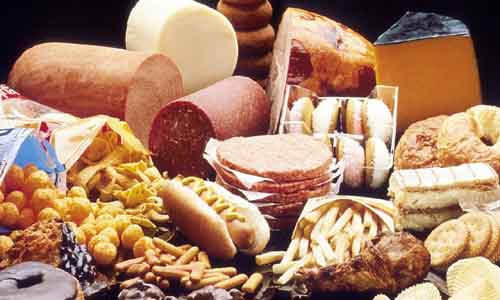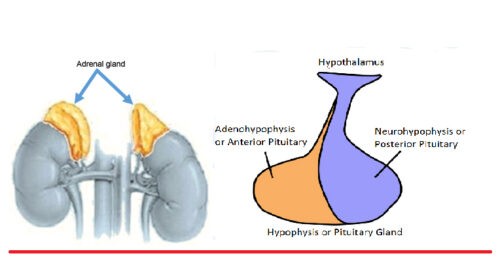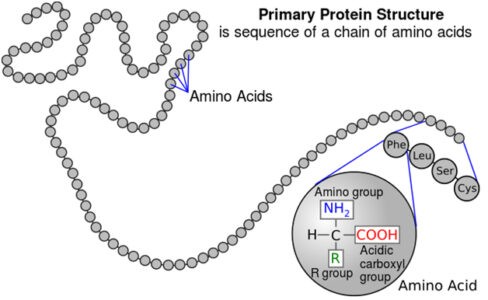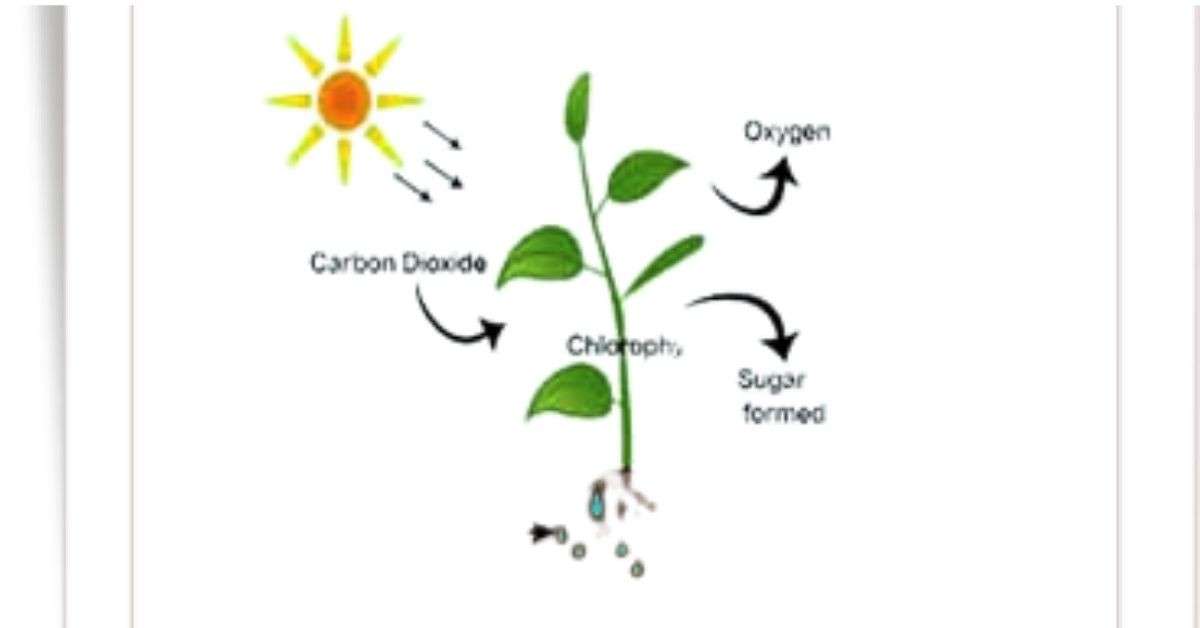Lipid : Classification and Its Roles in the Living Organisms
Lipid is an organic compound of biological origin that is made up of carbon, hydrogen, and oxygen. Lipid is esters of fatty acids and glycerol of higher aliphatic acids. It is insoluble in water and soluble in fat solvents like chloroform, ether, benzene, and alcohol. Lipids comprise 0.5% of the living body. They are the … Read more






